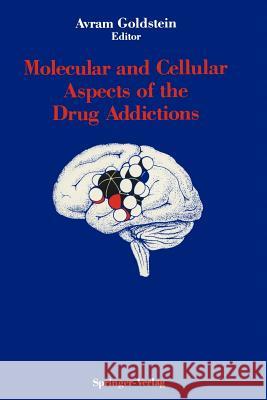Molecular and Cellular Aspects of the Drug Addictions » książka
Molecular and Cellular Aspects of the Drug Addictions
ISBN-13: 9781461388197 / Angielski / Miękka / 2011 / 238 str.
In 1970 I gave up the chairmanship of the Department of Pharmacology at Stanford University Schoel of Medicine to devote full time to basic and clinical research on problems of drug addiction. In 1971 I developed the method of radioligand binding that led to the important characterization of opioid receptors in several laboratories. The extraordinary specificity of these receptors for morphine and related opiates suggested the likelihood that there were naturally occurring morphine-like molecules in the brain and other tissues. The systematic search for these molecules culminated in 1979 in the discovery, by my group, ofthe dynorphin peptides-one of the three families of opioid peptides, the first of which (the enkephalin family) had been discovered in Aberdeen, Scotland, in 1975. I also became involved in clinical research on the pharmacologic treatment of heroin addicts, for which I established the first large methadone mainte nance treatment program in California. My basic and clinical research experience convinced me that an institution encompassing laboratory research, studies on normal human volunteers, and treatment research, under a single roof, could expedite progress in understanding the drug addictions. That concept was transformed into reality by the founding, in 1974, of the Addiction Research Foundation of Palo Alto, California. The funds for construction of a laboratory were provided by a generous grant from the Drug Abuse Council (a consortium of several foundations), the president of which was Thomas L. Bryant."











